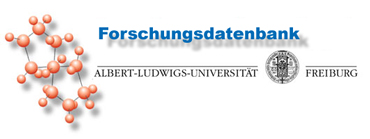| [Zurück zum Forschungsbericht] |
 |

Dynamic wildlife-vehicle-collision warning using heterogeneous traffic, accident and environmental data as well as big data approaches
Projektbeschreibung:To a considerable degree, wildlife vehicle accidents (WVCs) contribute to the amount of accidents on German roads. In recent years, there is a rising tendency of WVCs in parallel to rising traffic numbers and wild animal populations. To date there are several reasons why protective measures are difficult regarding assessment and implementation: there is a weak data pool for precise analyses of causes of accidents; countermeasures and protective measures (reflectors, signs, fences) are highly controversial and expensive or rather lead to habituation effects in game animals and car drivers. Therefore, in the WilDa-project, seven partners have joined together in order to create systems and methods for a better dynamic warning of WVCs as well as developing a better database for planning protective measurements (fences, signs, reflectors, green bridges, …). The aim of the WilDa-project is to pick up three current developments that help to better prevent WVCs in future: 1) Georeferenced accident data of the last seven years, e.g. of the Bavarian police, providing the data basis to spatiotemporally understand the accident situation over a long period. 2) New methods of spatio-temporal analyses of large datasets allow us to use geodata in the fields of traffic management, remote sensing (telemetry data, data of activity sensors) or meteorological services for understanding and declaring WVCs in a spatially predictive and quantitatively substantiated way. 3) Web technologies and mobile applications enable us to spatio-temporally alert road users, focusing on an increasing accident risk. Those factors that influence WVCs should be identified, and based on that, the accident risk will be calculated spatio-temporally.Projektlaufzeit:
Projektbeginn: 01.04.2017Projektleitung:
Projektende: 31.03.2020
Storch I, von Hoermann C, Heurich M, Pagany R, Dorner WAktueller Forschungsbericht
Albert-Ludwigs-Universität Freiburg
Professur für Wildtierökologie und Wildtiermanagement
Prof. Dr. Storch
Tennenbacher Str. 4
79106 Freiburg
Telefon: + 49 (0) 761 203 - 3663
Fax: + 49 (0) 761 203 - 3667
http://www.wildlife.uni-freiburg.de